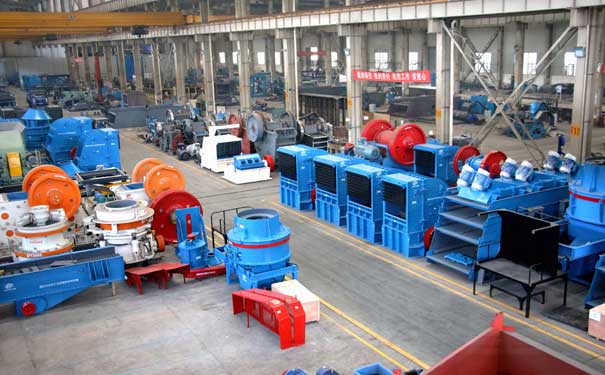Solid waste separation process
Solid material separation is a continuous production process. Composed of each step of operation and processing process, known as sorting process. Sorting process can be roughly divided into three basic operations: the preparation before sorting, separation and solid-liquid separation after sorting.
(1) The preparation operation before sorting. The work includes crushing, screening, grinding and classification. Realize the monomer dissociation between gangue mineral ore and valuable mineral, which is mainly finished by grinding. Appropriate grinding fineness is the key to the success of sorting, Heavily mill is not only cause energy waste, also bad for sorting.
(2) The sorting operation. Different methods of sorting can be adopted according to the different properties of solid materials. Usually in the sense of mineral separation method, refers to: flotation method, gravity separation method and magnetic method, etc.
(3) The solid-liquid separation (dehydration) operation after separation. Getting the final products (concentrate) after selection, which often need to through a series of solid-liquid separation operation such as enrichment, filtering and drying, etc., in order to make the moisture of product to achieve a certain control index.
For the ore, the separation can get the following products: concentration, middlings and tailings. Concentrate is the final product that getting useful mineral content is higher after separation and is suitable for smelting or other department requirements; Tailings is the final product that getting useful mineral content is lower after separation, Most of them are gangue, no need further processing or is not suitable for further processing product at least on the current technology and economy; Middlings is the final product that getting the middle product after separation, the useful mineral content is lower than that of the concentration, higher than that of the tailings, and the middlings often need further processing.

